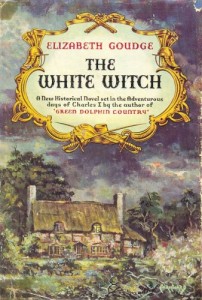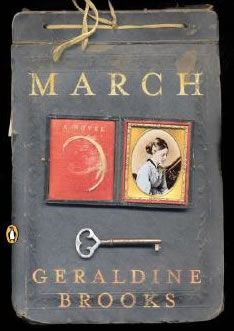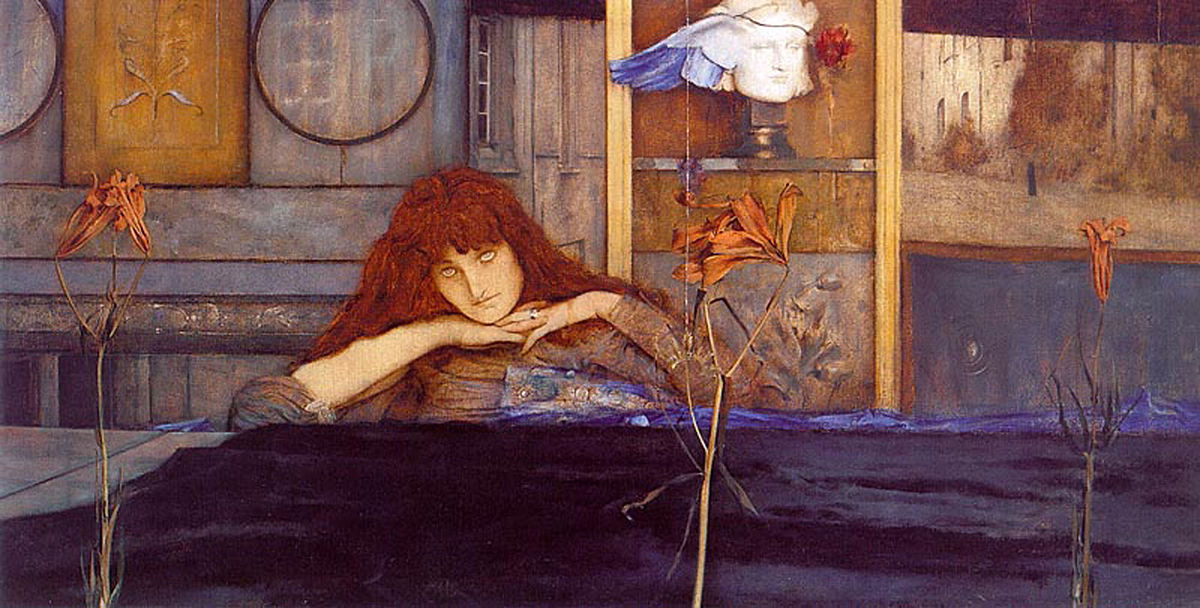The White Witch
 The White Witch is a historical novel about the English Civil War(s) of the 17th century. It is surely one of Elizabeth Goudge’s best works, capturing not only the political conflict of Puritan against Royalist, but the many smaller-scale conflicts that characterize human existence. Some of these conflicts are antagonized by the war, but others are ever-present realities, whether personal, political, or spiritual: citizen vs. gypsy, Protestant vs. Catholic, trust in God vs. trust in magic, love for security vs. love for God. The all encompassing contrast is between God’s mercy and man’s rebellious, often misguided search for redemption.
The White Witch is a historical novel about the English Civil War(s) of the 17th century. It is surely one of Elizabeth Goudge’s best works, capturing not only the political conflict of Puritan against Royalist, but the many smaller-scale conflicts that characterize human existence. Some of these conflicts are antagonized by the war, but others are ever-present realities, whether personal, political, or spiritual: citizen vs. gypsy, Protestant vs. Catholic, trust in God vs. trust in magic, love for security vs. love for God. The all encompassing contrast is between God’s mercy and man’s rebellious, often misguided search for redemption.
The white witch of the title is Froniga Haslewood, half gypsy and half gentlewoman, an herbalist and healer whose strength and wisdom she learns ultimately to wield without dependence on the spells and spirits common to her trade. Hers is the anchoring consciousness through which we experience the broad scope of the story and its numerous personalities. Woven of Goudge’s usual poetic and deeply comforting narrative, this is a story I found very satisfying and free of the Gothic trappings of some of her other books.
Some themes will be familiar to those who have read The Dean’s Watch or The Scent of Water, the two books that, with this one, comprise my favorites so far. The idea of substitution, of laying down one’s life for a friend, comes into the tale more than once as characters willingly offer themselves for those too far gone spiritually to be able to find their own way back to God. All the characters are flawed, yet all grow as a holy and glorious God is clearly depicted as working his often mysterious but always redemptive purposes. A recusant priest with shame in his past, turned spy for the Royalists; a black witch who has long ago sold her soul for power over her others; a gypsy matron grown almost to sainthood who retains a single grudge against her niece; these are just a few of the cast of characters in this richly populated book who need to be lifted into a fuller experience of divine love and power.
I was struck again by the compassion Goudge displays for all her characters. One of the contrasts in the story is between Catholic and Protestant, and one scene comes to mind in particular in which Robert Haslewood comes home from war having been won over more fervently to the Puritan cause, and he takes all the homespun decorations in the little church — carvings made by the parson, flowers, even the cross — and sets them on fire as relics of popery. It is Christmas morning, and the people watch in horror — as certainly Goudge does too, yet she manages to portray even Robert sympathetically.
This is a long, multifaceted novel impossible to do justice to in a review. As a Christian, I find Goudge’s fictional world deeply encouraging. It’s a world where God’s spirit, and his unfailing delight, are immanent in his creation — its scents, its sights, its often tragic events and its fallen and struggling people. I have lingered between the covers of this book not only because of its beauty as art, but because of its savor as food for the soul.


